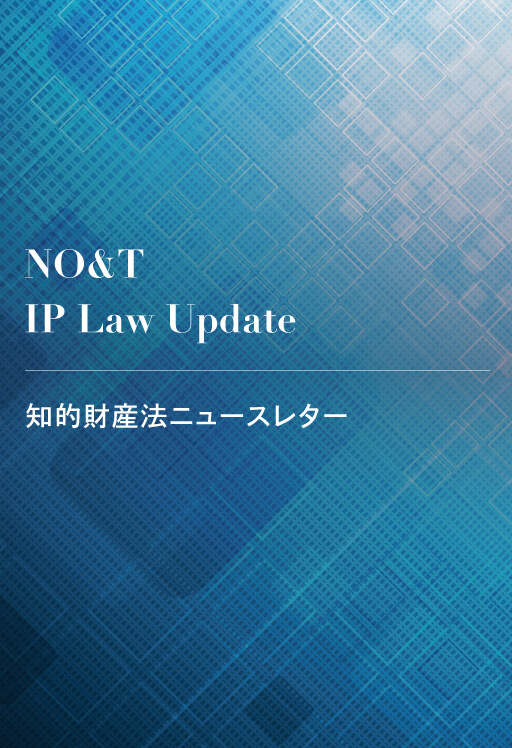
NO&T IP Law Update
Under the Japanese patent linkage system※1, the Ministry of Health, Labour and Welfare (the “MHLW”), during the process of follow-on drug approval, reviews the relevant patents relating to the brand-name drug based on the information provided by the original drug company (i.e., the brand-name drug manufacturer or patentee) in a “drug patent information report sheet (iyakuhin-tokkyo-joho-hokoku-hyo),” which is not generally made public. This newsletter addresses whether a patent‑holder’s submission of its statement notifying of a potential infringement of its patent to the MHLW can constitute “unfair competition” under the Unfair Competition Prevention Act (the “UCPA”), a topic which has been addressed previously in NO&T IP Law Update No. 8 and NO&T IP Law Update No. 12.
In 2024, two different IP‑specialized divisions of the Tokyo District Court (with different presiding judges) issued decisions in two related cases: Samsung Bioepis Co. Ltd. v. Bayer HealthCare LLC. (Case Number: 2024 (Yo) 30029, the “Bayer Case”) and Samsung Bioepis Co. Ltd. v. Regeneron Pharmaceuticals, Inc. (Case Number: 2024 (Yo) 30028, the “Regeneron Case”). As reported in NO&T IP Law Update No. 8 and NO&T IP Law Update No. 12, in both cases, the same biosimilar manufacturer (i.e., Samsung Bioepis Co., Ltd.; the “Claimant”) sought a decision granting a preliminary injunction against the original pharmaceutical product patent holder (i.e., Bayer HealthCare LLC. (“Bayer”) in the Bayer Case and Regeneron Pharmaceuticals, Inc. (“Regeneron”) in the Regeneron Case). Both applications were dismissed by the Tokyo District Court, but in doing so the courts in the Bayer Case and the Regeneron Case applied different criteria and reasoning.
Recently, it was revealed that the Claimant filed an appeal of the Tokyo District Court’s decision in the Regeneron Case (the “Case on Appeal”), and that the Intellectual Property High Court (the “IPHC”) dismissed the Case on Appeal based on criteria and reasoning that differ from that which was applied by the Tokyo District Court in dismissing the Regeneron Case (Case Number: 2025 (Ra) 10003).
This newsletter outlines the IPHC’s ruling in the Case on Appeal and provides brief commentary addressing the decisions in the Bayer Case, the Regeneron Case, and the Case on Appeal.
First, we provide a brief overview of the Regeneron Case which has been previously reported in NO&T IP Law Update No. 12.
The Regeneron Case involved the brand-name drug “EYLEA® solution for IVT inj. 40mg/mL” (the “Respondent’s Product”) which Bayer Yakuhin, Ltd. (“Bayer Yakuhin”), an affiliate of Bayer, commenced selling in November 2012, as its marketing authorization holder.
Regeneron owns Patent No. 6855480, titled “Methods of associating genetic variants with a clinical outcome in patients suffering from age-related macular degeneration treated with anti-VEGF” (the “’480 Patent”) and Patent No. 7233754 under the same title as the ’480 Patent (the “’754 Patent”; and collectively with the ’480 Patent, the “Patents”)※2. Claim 1 of the ’480 Patent covers a use of a VEGF inhibitor in the manufacture of a pharmaceutical composition for the treatment of a certain group of age-related macular degeneration (“AMD”) patients, and Claim 1 of the ’754 Patent covers a use of aflibercept in the manufacture of a pharmaceutical composition for the treatment of another group of AMD patients.
The Claimant developed a biosimilar correspondent to the Respondent’s Product (the “Claimant’s Product”), and its agent of manufacture and distribution in Japan, Global Regulatory Partners GK (“GRP”), submitted a marketing authorization application for the Claimant’s Product on May 31, 2023. At the time of submission of such marketing authorization application, the draft package insert for the Claimant’s Product included the wording “age-related macular degeneration with choroidal neovascularization in the subfoveal area” (“wAMD”) in the “indications and usage” section, but later excluded such wording from the package insert based on comments by the MHLW.
Upon GRP’s submission of the marketing authorization application for the Claimant’s Product, Bayer Yakuhin submitted the drug patent information report sheets※3 regarding the Patents to the MHLW, as well as a supplemental submission to the Pharmaceuticals and Medical Devices Agency (the “PMDA”)※4 in accordance with Regeneron’s instruction. In the supplemental submission, the following was stated: (i) there is a concern that the ’480 Patent will be infringed if the Eylea BS is approved for use with wAMD, and with regard to the ’754 Patent, (ii) if approval of the EYLEA biosimilar is granted for the indications and usage for wAMD, there is an extremely high likelihood that it will be used for the patented use, and in such case it is clear that it will infringe the ’754 Patent※5. In addition, in response to the MHLW’s inquiries, Regeneron conveyed to the MHLW, through Bayer Yakuhin, that (iii) the sale of a biosimilar of EYLEA with the same indications and usage as Eylea will constitute an infringement of the Patents (the communication of statements (i) – (iii) are referred to collectively as the “Statements.”)※6.
The Claimant filed an application for a preliminary injunction with the Tokyo District Court, seeking to enjoin Regeneron from notifying the MHLW and PMDA that the Claimant’s Product infringes the Patents. The Claimant argued that the Statements constitute an act of making or disseminating false statements that harm the business credibility of a business competitor (Article 2(1)(xxi) of the UCPA)※7, and that the Claimant’s business interests have been harmed by such an act of unfair competition.
The Tokyo District Court rendered its decision dismissing the Claimant’s application for preliminary injunction on December 16, 2024. It found that even if a patent holder’s statements could be technically considered to be “false statements that harm the business credibility of a business competitor” as set forth in Article 2(1)(xxi) of the UCPA, the act of making such statements is a legitimate act that is expected under the patent linkage system and should not be considered as unlawful when the act is considered reasonable in light of the purpose of providing information on a drug patents under the patent linkage system. The Tokyo District Court concluded that the Statements by Regeneron are regarded as legitimate acts based on the factual background of the Regeneron Case.
As mentioned above, the Claimant filed an appeal against the decision of the Tokyo District Court in the Regeneron Case. After considering the evidence and arguments presented in the Regeneron Case, the IPHC issued its decision dismissing the appeal, for the following reasons.
The IPHC first determined that “business credibility” under Article 2(1)(xxi) of the UCPA means the reputation of a business operator and its economic value in the marketplace, which may influence decisions of others regarding whether to engage in transactions with such business operator, given that the UCPA was established to prevent unfair competition and promote competition amongst business entities in the marketplace where freedom of business is guaranteed and fair competition takes place.
On the other hand, the IPHC found that (a) matters relating to marketing authorization for a pharmaceutical product is an administrative activity to be handled by the minister of the MHLW under authority granted by the Pharmaceuticals and Medical Devices Act※8 to ensure the quality, efficacy and safety of medicines and to prevent the occurrence and spread of illness and injuries that may arise from their use, and thus is clearly different by nature from transactions in the marketplace. Also, the IPHC acknowledged that (b) requesting the holder of the substance patent and/or a use patent to submit drug patent information report sheets to the PMDA and make supplemental submissions in case of necessity in relation to a brand name drug in order to determine whether a follow-on drug would infringe these patents when the MHLW and PMDA examine marketing authorization applications for follow-on drugs, including biosimilars, is considered an information gathering act preceding administrative activities; and, in that regard, it does not appear that the MHLW or the PMDA would form a view as to a business operator’s economic value in the market with respect to applicants for the marketing authorization.
Furthermore, considering that (c) the minister of the MHLW makes decisions, by virtue of his/her authority and responsibility, taking into account not only information provided by patent holders but also all relevant circumstances, and that (d) such information is generally not made public, the IPHC stated that it cannot be said that such information will be disseminated to the market and thereby potentially harm the reputation of the applicant as a business operator and its economic value in the market.
Based on the foregoing, the IPHC concluded that the provision of information of a potential infringement of the brand-name drug patents by the manufacture and sale of its follow-on drug by the brand-name drug patent owner to the MHLW and PMDA is not considered an act of making or disseminating false statements that harms the business credibility of a business competitor, and thus the Statements are not regarded as acts of unfair competition under Article 2(1)(xxi) of the UCPA.
The Claimant had also alleged that the Statements harmed the Claimant’s business credibility based on the assertion that Regeneron’s notifying the MHLW and PMDA to the effect that the Claimant’s Product would infringe a valid patent could cause anxiety in the marketplace regarding the stability of the supply of the Claimant’s Product after the marketing authorization is granted. The IPHC rejected such allegation.
The IPHC held that the UCPA, which is designated to protect fair competition in the marketplace, was not intended to apply automatically to an information gathering procedure preceding an administrative action, on the premise that the marketing authorization is an administrative action by the minister of the MHLW and is different by nature from transactions in the marketplace where free competition takes place. Moreover, the IPHC repeatedly mentioned that it does not appear that the MHLW or the PMDA would form a view as to a business operator’s economic value in the marketplace with respect to applicants for the marketing authorization, and it cannot be said that the provision of information will harm the reputation of the applicant’s economic value in the market, considering that information provided by brand-name drug patent holders is not made public in general.
Therefore, the IPHC concluded that the Claimant’s arguments in its appeal lacked merit and ultimately affirmed the Tokyo District Court’s decision dismissing the Claimant’s application for preliminary injunction in the Regeneron Case.
Although the Tokyo District Court’s decisions in the Bayer Case and the Regeneron Case left open the possibility that the provision of information as described above could constitute unfair competition under Article 2(1)(xxi) of the UCPA, the IPHC’s decision in the Case on Appeal denied such possibility. This means that, based on the ruling of this IPHC’s decision, applicants for marketing authorizations of generic drugs and biosimilars no longer have a chance of having a court of law rule on the infringement of patent by petitioning the court to issue a preliminary injunction on the ground that the statement made by the brand-name drug manufacturer or patentee constitutes unfair competition under the UCPA which is generally an expedited proceeding※9.
Please note that it remains unclear whether the Claimant filed an appeal of the Tokyo District Court’s decision in the Bayer Case and, if so, whether a decision by the IPHC has been rendered in that appeal. We will continue to monitor court decisions addressing this issue and will provide further updates as the case law develops.
*1
A unique quality of the Japanese patent linkage system is that it is not founded on a specific law; instead, it operates in accordance with relevant administrative notices. Thus, pharmaceutical companies applying for a marketing authorization for follow-on drug in Japan have no chance to be informed of the views of the Japanese courts on matters of legal assessment during the drug approval process.
*2
The ’480 Patent was registered with the Japan Patent Office on March 19, 2021, and the ’754 Patent was registered with the Japan Patent Office on February 27, 2023. The ’754 Patent was granted for a divisional application of the application for the ’480 Patent.
*3
Brand-name drug manufacturers or patentees can provide the MHLW with information by including such in a drug patent information report sheet under the Japanese patent linkage system.
*4
The PMDA is the agency that conducts scientific reviews of marketing authorization applications.
*5
In the published decision, the exact wording is unclear because some portions of the supplemental submission are redacted. Consequently, we have included supplemental information in this sentence to address the redacted information.
*6
The court’s acknowledgement regarding this fact is redacted in the published version of the Tokyo District Court’s decision in the Regeneron Case, whereas such was not the case with respect to the published version of the court’s decision in the Bayer Case. Therefore, we have supplemented the factual background of the Regeneron Case based on information provided in the Tokyo District Court’s decision in the Bayer Case. The IPHC, in its decision in the Case on Appeal, acknowledges and cites all of the facts found by the Tokyo District Court in the Regeneron Case.
*7
In practice, if a statement is made to a third party claiming that a competitor infringes a patent, and a court later rules that the patent is not infringed, such a statement is considered a “false statement.” The third party to whom the statement is made is typically a customer of the competitor, but recently there have been cases where claims of infringement of intellectual property rights made against an operator of a digital platform, such as an e-commerce site or SNS, have been disputed as a false statement.
*8
“Act on Securing Quality, Efficacy and Safety of Products Including Pharmaceuticals and Medical Devices” (Act No. 145 of 1960).
*9
On 8 October 2025, the MHLW issued a new administrative notice pertaining to the Japanese patent linkage system. The basic framework remains unchanged, and thus this IPHC court’s reasoning can be applied to the system under operation by the new notice. The new administrative notice clarified that the system applies not only to generic drugs but also to biosimilars, and that, in principle, the MHLW will not consider any patent with respect to which a drug patent information report sheet is not provided by its holder or by brand-name drug’s manufacturer.
This newsletter is given as general information for reference purposes only and therefore does not constitute our firm’s legal advice. Any opinion stated in this newsletter is a personal view of the author(s) and not our firm’s official view. For any specific matter or legal issue, please do not rely on this newsletter but make sure to consult a legal adviser. We would be delighted to answer your questions, if any.
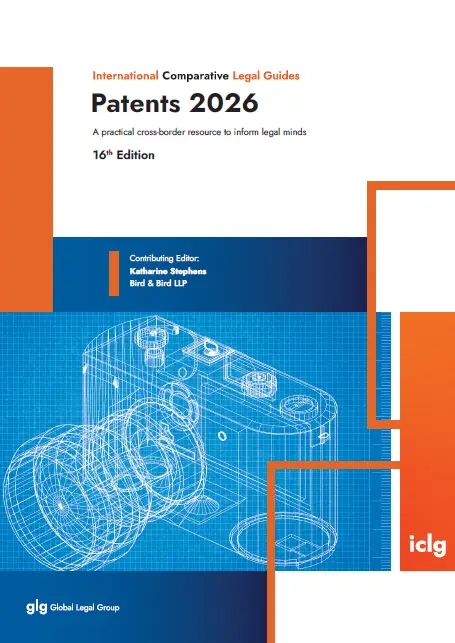

(October 2025)
Kenji Tosaki


Kenji Tosaki, Takahiro Hatori, Nozomi Kato (Co-author)
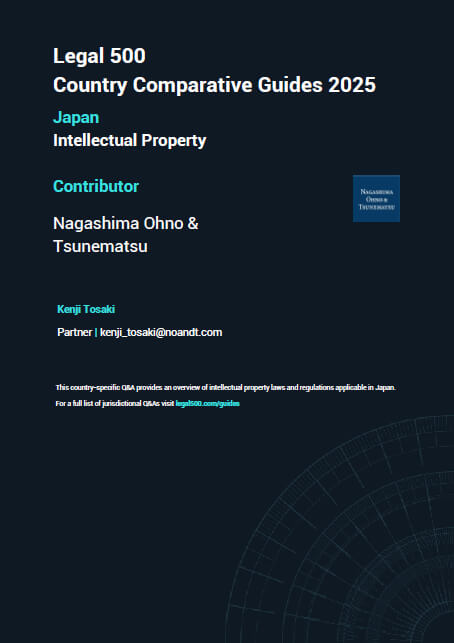

(September 2025)
Kenji Tosaki


Kenji Tosaki, Ryo Tonomura (Co-author)


(October 2025)
Kenji Tosaki


Kenji Tosaki, Takahiro Hatori, Nozomi Kato (Co-author)
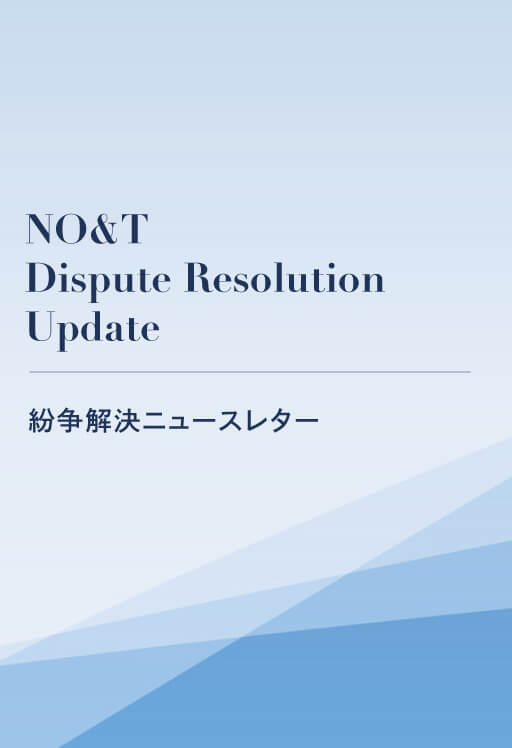

Claire Chong, Nozomi Kato (Co-author)


(September 2025)
Kenji Tosaki


(October 2025)
Kenji Tosaki


Kenji Tosaki, Takahiro Hatori, Nozomi Kato (Co-author)


(September 2025)
Kenji Tosaki


Kenji Tosaki, Ryo Tonomura (Co-author)


Kenji Tosaki, Takahiro Hatori, Nozomi Kato (Co-author)


Kenji Tosaki, Ryo Tonomura (Co-author)


Kenji Tosaki, Takahito Hirayama (Co-author)


Kenji Tosaki, Nozomi Kato (Co-author)


Kenji Tosaki, Takahiro Hatori, Nozomi Kato (Co-author)


Kenji Tosaki, Ryo Tonomura (Co-author)
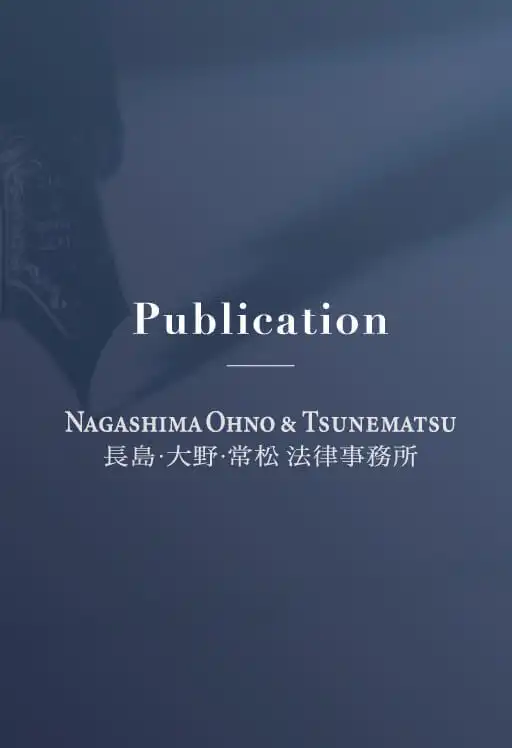

(June 2025)
Shin Koike


Kenji Tosaki, Takahito Hirayama (Co-author)